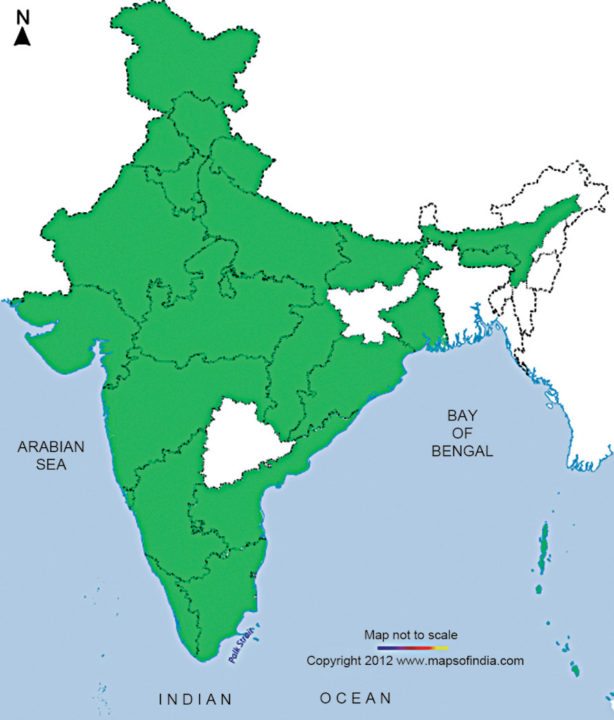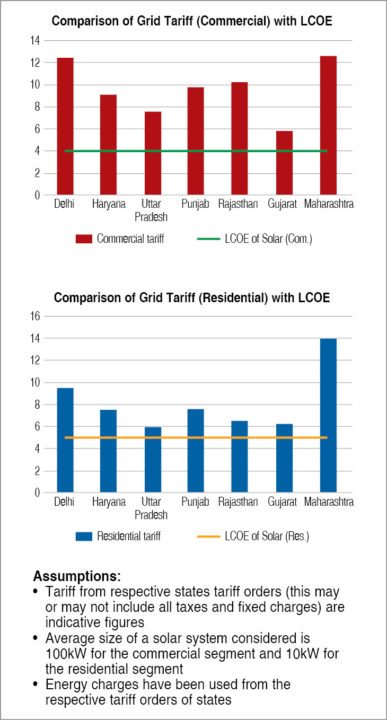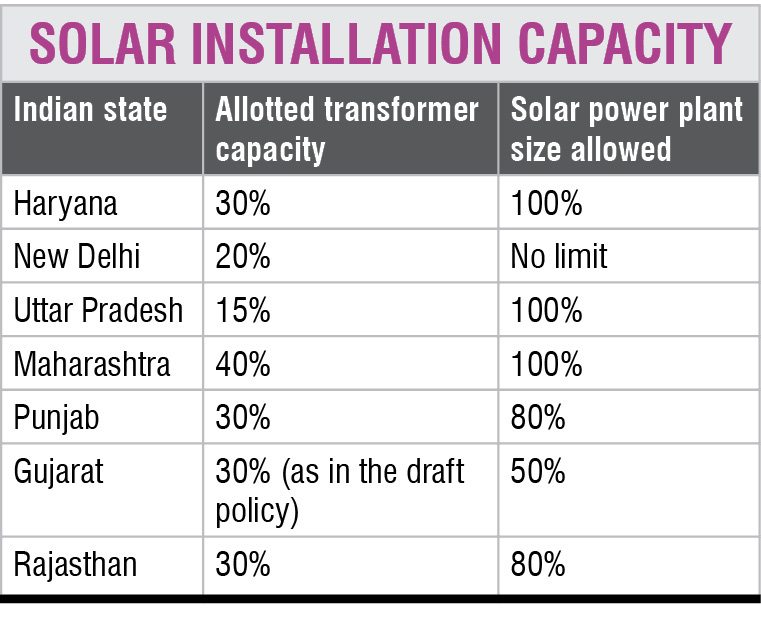Power cuts in homes is not NEWS to us. If you have been living in India, it is something we have all grown up with. Things may have improved from all-night power cuts to perhaps four-hour power cuts in a day in peak summers. But, we are yet to see the day without any power cuts.
If you have been living in residential complexes/apartments, you may not have felt it because the societies provide backup using DG gensets. However, the grid still does not function as a reliable source of energy.

But, there is one state that has done wonders—Gujarat. It was the first state to have an enforced solar policy. Since 2009, it has built a capacity of 957MW and is now a state with 24/7 electricity. In terms of capacity, Rajasthan has overtaken Gujarat. But, Gujarat still stands as a role model in the overhaul it has gone through. One of the main reasons for its success is its connectivity to the grid. Excess electricity produced by a solar power system is fed back to the grid.

Are you aware of the concept of net-metering? Net-metering is a billing arrangement with your utility that determines how you will get credit for any excess renewable electricity delivered by you to the grid. Simply put, you get paid back by your electricity provider for the excess power your solar power system generates. This power is measured using a net-meter, which is a two-way meter that measures what you draw from the grid and what you feed back. The net-metering process is automatic.
This is a brilliant concept, simply because it is a great way to reduce bills in areas that have high power tariffs such as New Delhi and Mumbai. There are a total of 20 states and six union territories with defined net-metering guidelines. The map shown in Fig. 1 marks out the areas where net-metering guidelines are in place. So India does look progressive in achieving its 100GW target for solar!
If we look at the northern states of India and compare their tariffs in the commercial and residential sectors, we can clearly see that levelised cost of electricity (LCOE) from solar panels is much less than the tariffs that are being paid by top-slab customers. It is also evident that it makes sense for commercial customers, and residential is catching up, too.
Net-metering specifications
As a general trend, the allotted transformer capacity for grid-connected solar power plants is between 15 per cent and 30 per cent. Maharashtra as an exception has 40 per cent allotted transformer capacity for solar. The payback period largely depends on the tariff of the particular state. The higher the grid tariff, the lower the payback period.
Also, the question is about how much of your consumption can be offset using solar and how much you are allowed to install. So if you have been thinking that you will install only solar and not consume from the grid at all, that is dependent on your state’s regulations. For example, in Haryana you can install a capacity equalling 100 per cent of your connected load. However, in New Delhi, you have the option of exceeding your connected load by paying extra charges. The table gives you the figures of how much solar you can install as a percentage of the connected load.
The allotted transformer capacity is filled on a first-come first-serve basis. So if you are looking to benefit from rooftop solar for reducing your bill, you might want to consider doing this soon. Once the allotted transformer capacity is saturated, you may not be able to connect your system to the grid for a while. You can take a look at Sunkalp Energy’s website (www.sunkalp.com), which is an aggregator that would help you go solar and connect to the grid.
Tanya Batra is vice president – marketing, Sunkalp Energy







